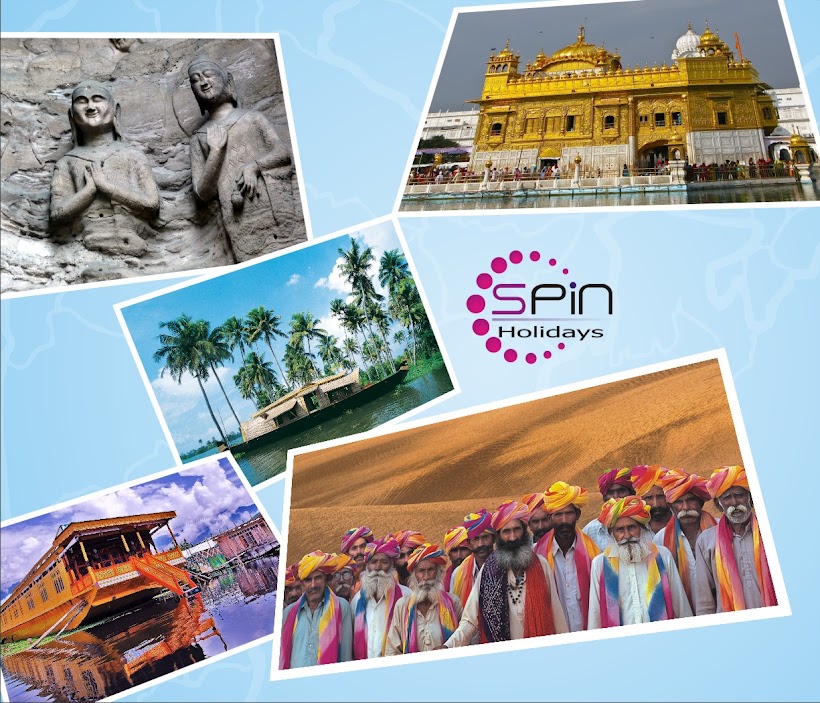
Day 01: Delhi
Arrive Delhi by International Flight. Meeting and assistance upon arrival and transfer from International airport to Hotel. Overnight at hotel.
Day 02: Delhi
Morning sightseeing tour of Delhi visiting the Raj Ghat - the memorial at the site where Mahatma Gandhi was cremated, Jama Mosque - the largest Mosque in India and the Red Fort - Once the most opulent fort and palace of the Mughal Empire.
Afternoon, sightseeing tour of New Delhi visiting the Humayun's Tomb, the Qutab Minar, drive along the ceremonial avenue - Rajpath, past the imposing India Gate, Parliament House and President's Residence and end the tour with a drive through Diplomatic Enclave. Overnight at the hotel.
Day 03: Delhi - Agra
Drive from Delhi to Agra ( 207 Kms / 4.5 Hours ). On arrival check in at the hotel. Afternoon, sightseeing tour of Agra city visiting the impressive Agra Fort, the local bazaar and of course, the most perfect architectural monument in the world
- The Taj Mahal - one of the seven wonders of the world, this beautiful mausoleum in pure white marble, took 22 years and 22,000 craftsmen to build it. This monument was built by Emperor Shah Jahan in the memory of his beloved consort Mumtaz Mahal. Overnight at the hotel.
Day 04: Agra - Jaipur
Morning drive to Jaipur enroute visiting Fatehpur Sikri ( 221 Kms / 5 hours ) the deserted, sandstone city that was built by Emperor Akbar as his capital and palace in the 16th century.
Also visit the Bulund Darwaza the largest gateway in the world. Continue your drive to Jaipur upon arrival check in at hotel. Overnight at the hotel.
Day 05: Jaipur
Morning excursion to Amber fort. Make your ascend to the palace fortress on the gaily caparisoned elephant back. Tour the chambers and hallways of the Palace which are famous for the excellence of their design and decoration.
Afternoon visit city of Jaipur know as 'The Pink city of Rajasthan'. Visit the unique Jantar Mantar - Observatory, which was built in 1700's, yet even today still looks futuristic or almost surrealistic, the city Palace and the museum, the Hawa Mahal or the Palace of Winds. Overnight at hotel.
Day 06 : Jaipur - Delhi Depart
Morning free for independent activities. Afternoon drive to Delhi ( 245kms / 5hrs). On arrival straight drive to International airport in time to connect your onward destination flight.
for Price and other detial of the tours please contact on below detial:
Spin Holidays
Explore the world
L- 46/327, Mahipalpur Extn
New Delhi - 110037
INDIA
Tel: +91 - 11- 41881487
Mobile: 09891603377
Email: info@spinholidays.com, spinholidays@hotmail.com
Web: www.spinholidays.com
